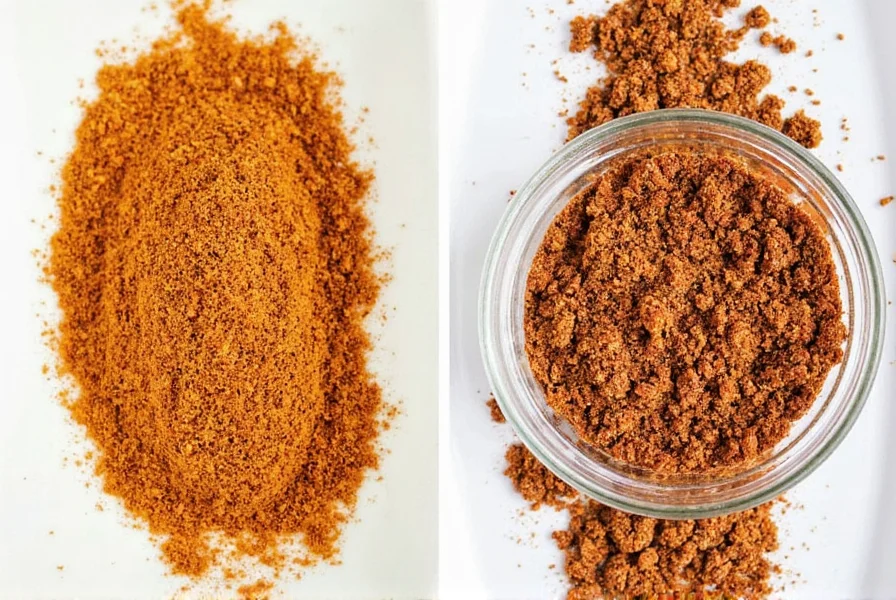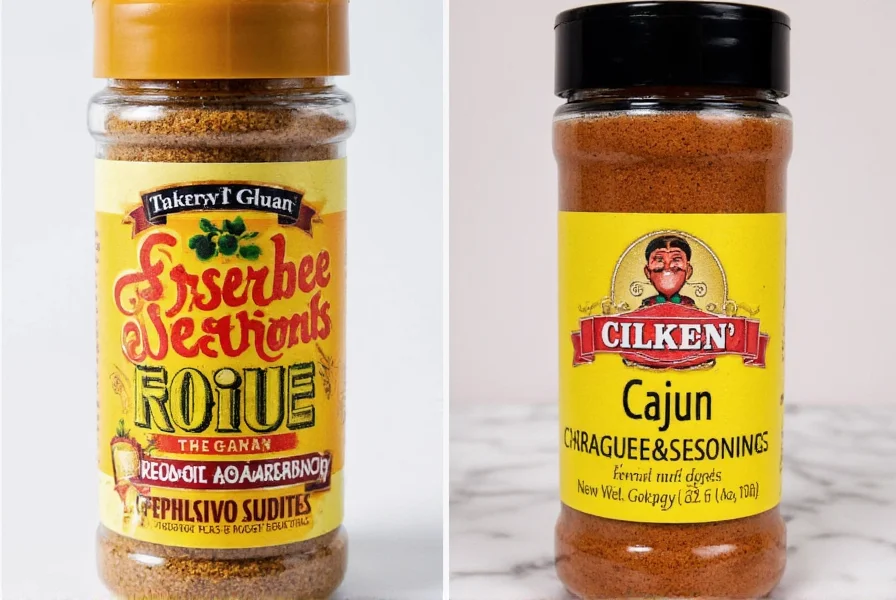Creole Seasoning vs Cajun Seasoning: What’s the Difference?
Ever stood in front of a spice rack wondering whether to grab Creole seasoning or Cajun seasoning? You're not alone! Though they may seem interchangeable, these two flavor-packed blends have distinct roots, ingredients, and uses. In this article, we'll break down the creole seasoning vs cajun seasoning debate with a side of humor, some handy tips, and plenty of visuals to make your next cooking decision a breeze.
Table of Contents
- A Taste of History: Where Did These Seasonings Come From?
- Cracking the Code: What’s Inside Each Blend?
- Creole vs Cajun: Head-to-Head Flavor Faceoff
- How to Use Them: Recipes & Real-Life Applications
- Buying Guide: Picking the Perfect Spice Jar
- Final Thoughts: Choose Your Side of the Spice Battle
A Taste of History: Where Did These Seasonings Come From?
Let’s take a short culinary trip down South—New Orleans, to be exact. While both Creole and Cajun cuisines hail from Louisiana, their cultural influences differ significantly:
- Creole seasoning is the cosmopolitan cousin, born from the melting pot of New Orleans. It reflects French, Spanish, African, and Caribbean influences.
- Cajun seasoning, on the other hand, has deep rural roots. Born from Acadian settlers (French Canadians exiled to Louisiana), it's more rustic and bold.
Cracking the Code: What’s Inside Each Blend?
The real difference between creole seasoning vs cajun seasoning lies in what’s inside the bottle. Let’s break down the usual suspects in each blend:
- Creole Seasoning Ingredients:
- Garlic powder
- Onion powder
- Black pepper
- Oregano
- Thyme
- Paprika
- Salt (optional)
- Red pepper flakes (for heat)
- Cajun Seasoning Ingredients:
- Cayenne pepper (often more than creole)
- Garlic powder
- Onion powder
- Black pepper
- Paprika
- Dried thyme
- Salt
- Some blends add mustard or celery seed
Creole vs Cajun: Head-to-Head Flavor Faceoff

| Feature | Creole Seasoning | Cajun Seasoning |
|---|---|---|
| Flavor Profile | Bright, herbaceous, well-rounded | Earthy, smoky, fiery |
| Herbs Used | Oregano, thyme | Thyme only |
| Heat Level | Mild to medium | Medium to hot |
| Common Uses | Gumbos, stews, seafood boils | Jambalaya, grilled meats, spicy sausages |
| Regional Roots | New Orleans urban cuisine | Rural Louisiana (Acadian) |
How to Use Them: Recipes & Real-Life Applications
Still unsure which seasoning to reach for? Here are some practical tips based on dishes and preferences:
When to Use Creole Seasoning
- Seafood boils — adds brightness without overpowering delicate flavors
- Tomato-based sauces like étouffée or pasta sauces
- Vegetable dishes that benefit from oregano and thyme notes
- Shrimp Creole, gumbo z’herbes, jambalaya (though often Cajun-style too)
When to Use Cajun Seasoning
- Grilled or smoked meats (chicken wings, ribs)
- Dirty rice, boudin, or sausage-heavy dishes
- Spicy chili or venison stew
- Blackened fish or red beans and rice
Buying Guide: Picking the Perfect Spice Jar

Whether you're shopping for yourself or gifting a foodie friend, here are some standout products that bring out the best in creole seasoning vs cajun seasoning:
Top Creole Seasoning Picks
- Tony Chachere’s Original Creole Seasoning
- Features: No MSG, balanced salt level
- Advantages: Classic NOLA brand trusted by locals
- Use Cases: Gumbo, jambalaya, grilled shrimp
- Target Audience: Home cooks, seafood lovers
- Suitable Occasions: Weeknight dinners, backyard boil-offs
- Zatarain’s Creole Seasoning
- Features: Mild heat, herb-forward blend
- Advantages: Affordable, widely available
- Use Cases: Pasta, roasted veggies, soups
- Target Audience: Casual cooks, families with kids
- Suitable Occasions: Family meals, meal prep
Top Cajun Seasoning Picks
- Cajun Chef Original Cajun Seasoning
- Features: High heat level, no added fillers
- Advantages: Bold flavor profile, great for grilling
- Use Cases: Blackening steaks, barbecues, crawfish boils
- Target Audience: Grill masters, adventurous eaters
- Suitable Occasions: BBQs, game day parties
- Rex’s Original Cajun Seasoning
- Features: Balanced salt, mild heat
- Advantages: Versatile, gluten-free option
- Use Cases: Seafood, chicken tenders, potato wedges
- Target Audience: Health-conscious users, kids
- Suitable Occasions: Snack time, light meals
Final Thoughts: Choose Your Side of the Spice Battle
So, who wins the creole seasoning vs cajun seasoning showdown? Well, there isn’t just one winner—it all depends on what you're cooking and how much fire you can handle.
If you're craving depth with a touch of herbal freshness, go with Creole. If your taste buds scream for spice and smoke, Cajun is your knight in paprika-dusted armor.
In the end, why not keep both in your pantry? With a sprinkle of knowledge and a dash of curiosity, you’ll soon be blending like a true Louisiana chef!










 浙公网安备
33010002000092号
浙公网安备
33010002000092号 浙B2-20120091-4
浙B2-20120091-4